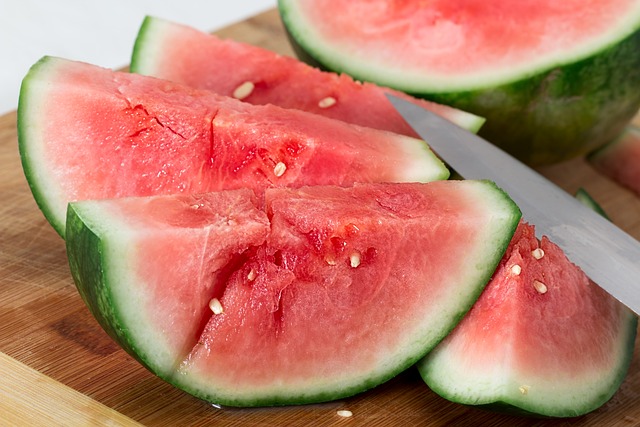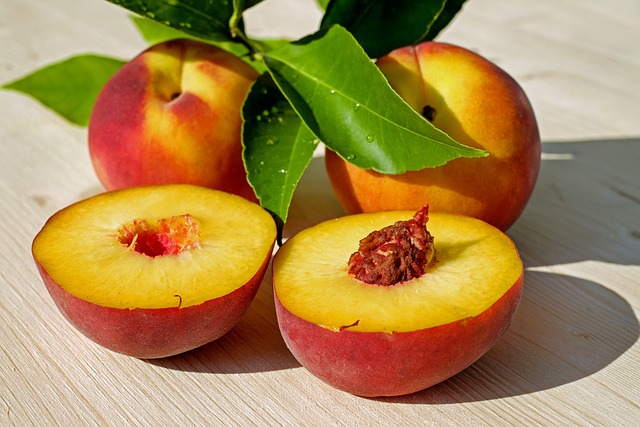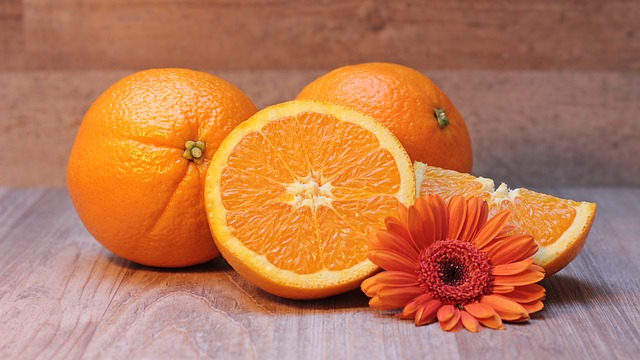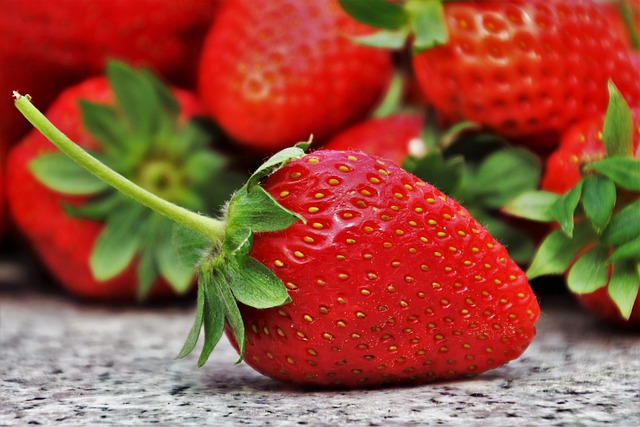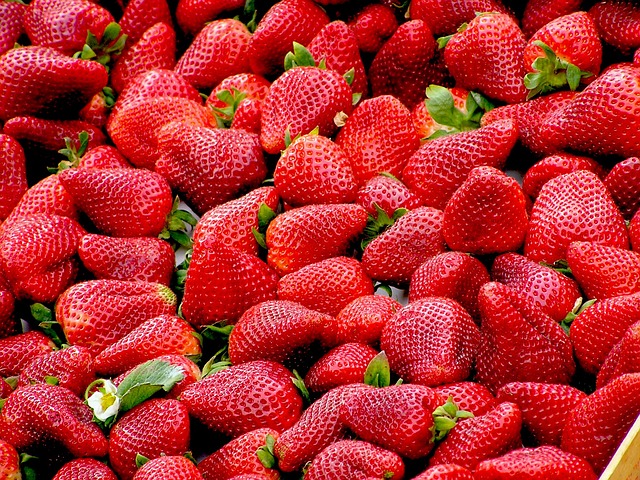Probiotic Powerhouse Foods: Unlocking the Secrets of Fermented Delights
Probiotics have gained significant attention in recent years for their potential health benefits. These live microorganisms, when consumed in adequate amounts, can provide a wide range of advantages, including improved digestion, enhanced immune function, and better overall gut health. While probiotic supplements are readily available, there are numerous delicious food sources that are also packed with these beneficial bacteria. In this article, we explore the magical world of fermented delights and unlock the secrets of these probiotic powerhouse foods.
1. Yogurt
Yogurt is perhaps the most well-known probiotic food. It is made by fermenting milk with live bacteria cultures, including strains of Lactobacillus and Bifidobacterium. These friendly bacteria help break down lactose, making yogurt easier to digest for individuals with lactose intolerance. Yogurt is also an excellent source of protein, calcium, and vitamin B12. When choosing yogurt, opt for plain, unsweetened varieties to avoid added sugars.
2. Kefir
Kefir is a fermented milk drink with a slightly tangy taste. It is made by adding kefir grains (a combination of live bacteria and yeast) to either cow’s milk or plant-based milk alternatives. The fermentation process gives kefir its probiotic properties. Similar to yogurt, kefir contains beneficial bacteria that contribute to a healthy gut microbiome. It is also rich in vitamins, minerals, and amino acids. Flavored kefir options are available, but these often come with added sugars, so it’s best to stick to unsweetened varieties.
3. Sauerkraut
Sauerkraut is a fermented cabbage dish commonly found in Central and Eastern European cuisines. It is made by finely shredding cabbage and fermenting it with salt. During the fermentation process, lactic acid bacteria convert the natural sugars in cabbage into beneficial probiotics. Sauerkraut is not only a great source of probiotics but also rich in vitamins C and K, as well as fiber. Enjoy it as a side dish or incorporate it into sandwiches and salads for a zesty and healthy addition.
4. Kimchi
Kimchi is a staple in Korean cuisine and is made by fermenting vegetables, primarily napa cabbage and radishes, with a mix of spices, including chili powder, garlic, and ginger. The fermentation process gives kimchi its signature tangy flavor and probiotic content. Kimchi is not only a good source of beneficial bacteria but also provides vitamins A, B, and C, as well as iron and fiber. It can be enjoyed as a side dish, added to stir-fries, or used creatively in various recipes.
5. Kombucha
Kombucha is a fizzy, fermented tea that has gained popularity in recent years. It is made by fermenting sweetened black or green tea with a symbiotic culture of bacteria and yeast (SCOBY). The fermentation process converts the tea’s sugars into healthy acids and probiotics. Kombucha is known for its detoxifying properties and can support digestion and liver function. However, it’s important to note that homemade kombucha can vary in probiotic content, so it’s advisable to purchase from trusted sources.
6. Miso
Miso is a traditional Japanese seasoning made by fermenting soybeans with salt and koji (a specific fungus). The final product is a thick paste that comes in various colors, including white, yellow, and red. Miso is not only a source of probiotics but also provides essential amino acids and minerals. It is commonly used in soups, dressings, and marinades to add a rich, savory flavor. As miso is high in sodium, it

